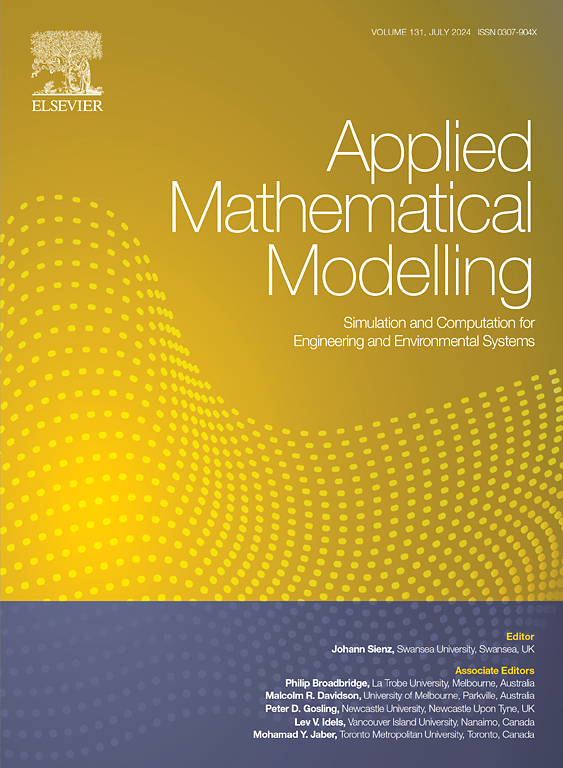dMRI reconstruction based on tensor ring and ℓ1 − 2 norm constrained model with Plug-and-Play regularization
IF 4.4
2区 工程技术
Q1 ENGINEERING, MULTIDISCIPLINARY
引用次数: 0
Abstract
Compressed sensing(CS) has been identified to significantly accelerate magnetic resonance imaging from the highly under-sampled k-space data. In this paper, based on low-rank plus sparse (L plus S) decomposition model, we propose a new dynamic MRI(dMRI) reconstruction model by introducing the tensor-ring(TR) rank and ℓ1 − 2 norm constrained framework with an embedded Plug-and-Play(PnP) based regularization(TRLP). More precisely, first, in order to exploit the low-rank and sparse properties in dMRI more sufficiently, the L plus S model is utilized to decompose dMRI into two components, low-rank and sparse. Second, considering that the low-rank property of dMRI is mainly presented inside each frame, and the temporal correlation is not very strong, the TR-rank is employed to constrain the low-rank prior instead of tensor tubal rank. And comparing to mode-n rank, TR-rank can exploit the low-rank prior brought by dMRI due to different structures in the image from higher dimensions in more flexible manner. Third, using ℓ1 − 2 norm to constrain sparse prior can approximate ℓ0 norm better than ℓ1 norm, leading to promoting sparsity of sparse component. Finally, since low-rank component lacks the ability of removing noise with low-rank property, we employ an implicit PnP-based regularization to break through this limitation and preserve more image details. Extensive experimental results suggest that the proposed method achieves superior performance over compared methods in terms of quantitative evaluation and visual inspection.
求助全文
约1分钟内获得全文
求助全文
来源期刊

Applied Mathematical Modelling
数学-工程:综合
CiteScore
9.80
自引率
8.00%
发文量
508
审稿时长
43 days
期刊介绍:
Applied Mathematical Modelling focuses on research related to the mathematical modelling of engineering and environmental processes, manufacturing, and industrial systems. A significant emerging area of research activity involves multiphysics processes, and contributions in this area are particularly encouraged.
This influential publication covers a wide spectrum of subjects including heat transfer, fluid mechanics, CFD, and transport phenomena; solid mechanics and mechanics of metals; electromagnets and MHD; reliability modelling and system optimization; finite volume, finite element, and boundary element procedures; modelling of inventory, industrial, manufacturing and logistics systems for viable decision making; civil engineering systems and structures; mineral and energy resources; relevant software engineering issues associated with CAD and CAE; and materials and metallurgical engineering.
Applied Mathematical Modelling is primarily interested in papers developing increased insights into real-world problems through novel mathematical modelling, novel applications or a combination of these. Papers employing existing numerical techniques must demonstrate sufficient novelty in the solution of practical problems. Papers on fuzzy logic in decision-making or purely financial mathematics are normally not considered. Research on fractional differential equations, bifurcation, and numerical methods needs to include practical examples. Population dynamics must solve realistic scenarios. Papers in the area of logistics and business modelling should demonstrate meaningful managerial insight. Submissions with no real-world application will not be considered.
 求助内容:
求助内容: 应助结果提醒方式:
应助结果提醒方式:


